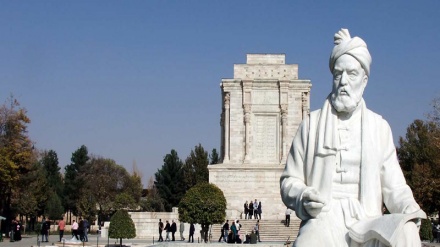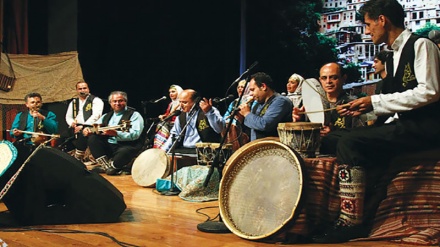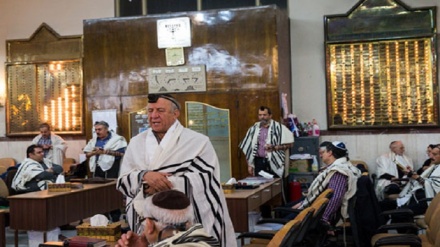Iran: Land of various ethnicities (2)
The topic of this episode will be the way of arrival of different ethnicities and peoples to Iran.
The Iran Plateau due to the existence of diverse climates has been a suitable place for settlement of different ethnic groups and races. Therefore, since the dawn of history troglodytes or cave dwellers began their amicable coexistence with the nature in this land. Scientific research indicates that since the BC millennia various tribes and ethnicities had had their specific civilization and culture. But since the arrival of the Arians in the thirds millennium BC, the native peoples, due to inability to comply with the lifestyle of the new-comers, either were absorbed in their culture and way of life or were forced to emigrate. Lullubies, Gotis and Elamites, who constituted the most important of these ethnicities, set up their specific cultures and civilization which would serve as rich sources for the peoples coming in later centuries and millennia. Lullubies and Gotis were settled in Zagros Mountains while the Elamites lived in the southwest of the Iranian Plateau, modern Khuzestan. The Lullubies and Gotis used to live on mountains but being neighbor with the regions such as Mesopotamia caused them to show inclination toward economic and commercial activities such as agriculture and trade.
The Elamites were one of the ethnicities which left behind many cultural and spiritual manifestations. The city of Shush (Susa as it is called in the Latin texts) is a small city in the north of Khuzestan province. As the Elamite capital it was the place of communication with other ethnicities living at the borders of Iran. The communication of these ethnicities with the Mesopotamian, (especially the Sumerian civilization) and adopting immensely from the cultural and urban features of the neighboring powers, made them prepared for hosting the peoples which were much more capable of acquiring new ways of living. From the third millennium BC onwards, a group of people had to migrate in three phases from Eurasia (the region adjacent to the Siberian plain) due to harsh cold that occurred in the region. They called the new land Iran Vij. These first entrees to the Iranian Plateau were the Aryans.
The Aryans, unlike the aboriginal Iranian ethnicities who were sedentary peoples, were mobile and migrating people. Thus, they succeeded in subjugating all inhabitants of the new land. The settlement of this group of people in special geographical regions set the ground for formation of government in Iran and as a result the Median, Achaemenid and Parthian dynasties emerged. After the lapse of first stage of the Iranian history and when the new ideological culture replaced the ruling thought of the ancient Iran, new ethnicities arrived and gradually solidified their foothold in this land. With the arrival of Islam in Iran, a group of Arab tribes headed toward Iran and were settled in the southwest of the country.
Another group entered Iran, as per the order of the Umayyad and Abbasid caliphs in the third century AH (9th century AD). They were the Turkic peoples of Transoxiana which were the sole rulers of political scene in Iran for a few junctures of history. The Ghaznavid, Seljuqid, Kharazmshahi and Qajarid dynasties had been shaped mostly by the Turks who arrived in Iran in the 3rd century AH.
In general, the influx of various ethnicities to the Iranian Plateau caused the formation of a dynasty in every period which ruled the country for a while whose impact remained after its demise.
RM/ME


